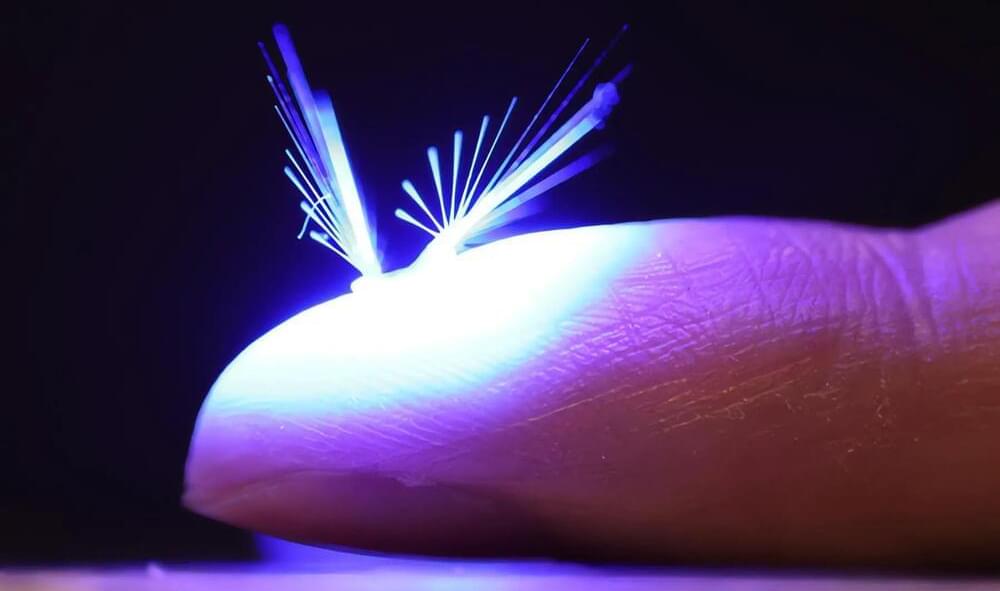Microsoft is holding a special press event at its Redmond headquarters tomorrow, and it’s expected to focus primarily on its OpenAI partnership and ChatGPT for Bing.
Microsoft is holding a major news event tomorrow on February 7th. The software giant first mailed out invites to an in-person event at the company’s Redmond headquarters last week and is now officially announcing the event minutes after Google made its ChatGPT rival official.
Microsoft’s event starts at 10AM PT / 1PM ET on February 7th, and the company isn’t teasing much ahead of time. But it’s likely the company will focus on its rumored ChatGPT integration into Bing and its broader partnership with OpenAI.
Microsoft won’t be streaming this event, though.







